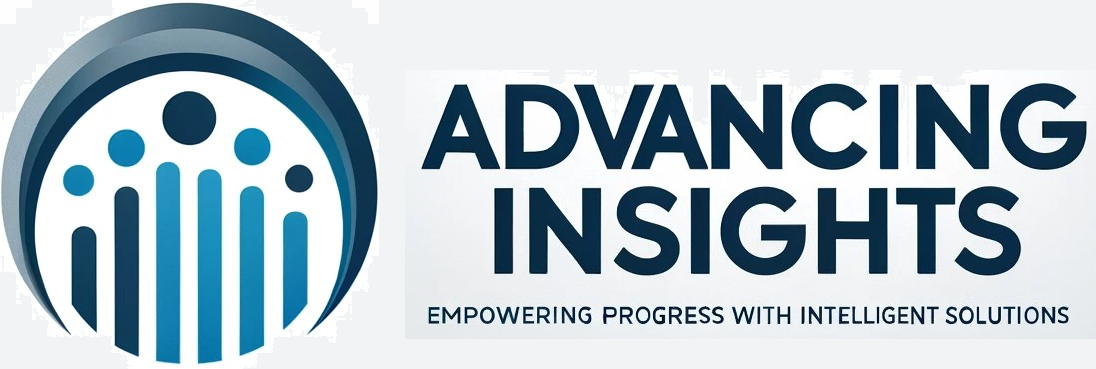Employee plots to Corporate Scenarios
To be clear in a complex world, the rational linear communicator is forced to either ridiculously oversimplify a situation or disappear into mumbo-jumbo bizspeak.
The reason org charts change so quickly is that linear representations of reality are at best temporary-and at worst, pure nonsense. Reality in the information age is nonlinear. Actually, reality has always been nonlinear but things used to move slowly enough that we could pretend like we lived in a linear and predictable world.
Not anymore - strategic planning in the traditional sense is passe. Two- and five-year plans are becoming rather vague. Many companies are turning to metaphor and scenario planning to give direction to this unpredictable, highly complex, and ever-changing world in which we now live. In other words, they are using story (seth godin on getting attention) to replace the old strategic plan's goals/objectives/strategy format. What affect does this all have on employees?
Our inner slacker is flourishing, By John Eckberg - Enquirer staff writer - " For all the hub-bub about the stress of over-worked Americans, new research from Microsoft suggests that everybody has an inner Homer Simpson.
In the U.S., workers screw around for 16 hours every five-day work week - a level of slackerism that is stupefying.
The most common productivity pitfalls are unclear objectives, lack of team communication and ineffective meetings.
Seven of 10 Americans believe most meetings are unproductive, if not excruciating,
and yet workers average 5.5 hours a week in meetings.
Blame the bosses
Leaders are not sure of how to adjust to the shifts of new competition, the fear of losing market share," Glaser said. "So there is a bigger need for more frequent meetings to 'figure it out.' Yet more meetings does not translate to better meetings."
"Employees go to get clear on what they need to be doing, yet they walk away frustrated. They feel they would have been better off on their own." "
Story makes sense of chaos and gives people a plot.
In this land of complex reality, story is king. One of the ways that story influences people is that a story can reframe frustration, suffering, or extra effort as meaningful. A story can help people make sense of their frustration. Meaningful frustration is much easier to bear than meaningless frustration.
Connecting individual plots to scenarios
People everywhere, inside and outside the business, have mind-boggling ideas and compelling stories to tell. They really want to improve themselves, their jobs, the world. Enterprise social software - blogging platforms - tagging makes it easy for every worker to give voice to their crazy ideas and share their iridescent stories with others. Finding, discovering, and connecting story plots (employee wisdom) to business scenarios smooths out complexity and chaos while focusing attention on creating, innovating, and adapting offerings, processes, and skills.
Euan Semple has ideas and insights on how to apply social software in an organization.
The knowledge: Euan Semple "Running the unusual line between rebelling against senior-management expectations and over-delivery on objectives seems to be Euan Semple's forte. Since his appointment as head of KM solutions at the BBC, he has jumpstarted collaboration and knowledge sharing among employees on a budget that would make most software vendors squirm." By Sandra Higgison from Inside Knowledge. Euan's Blog - The Obvious
One more step for the those spirited individuals alreadyin the saddle.
Collaborative filtering with del.icio.us, Looks like a promising way to identify an implicit community of interest and tap into its emergent group mind.
Bonus - Ideascaping Del.icio.us

